
Our planet is full of surprising places where life not only survives but thrives, despite harsh and seemingly inhospitable conditions. From the boiling springs of Yellowstone to the icy expanses of Antarctica, life has a way of adapting in the most extraordinary ways. Here are nine such extreme environments and the remarkable organisms that call them home.
The Boiling Springs of Yellowstone: Thermophiles in Action

Yellowstone National Park is known for its geysers and hot springs, heated by underlying volcanic activity. The water in these springs can reach temperatures of up to 93°C – a temperature at which most life forms would perish. However, heat-loving microbes called thermophiles flourish in these scalding waters, showcasing the resilience of life in extreme conditions.
These organisms have adapted to survive by developing proteins that do not denature at high temperatures. Their existence suggests the possibility of life in other extreme environments, even beyond Earth.
Life on Ice: The Thriving Ecosystems of Antarctica
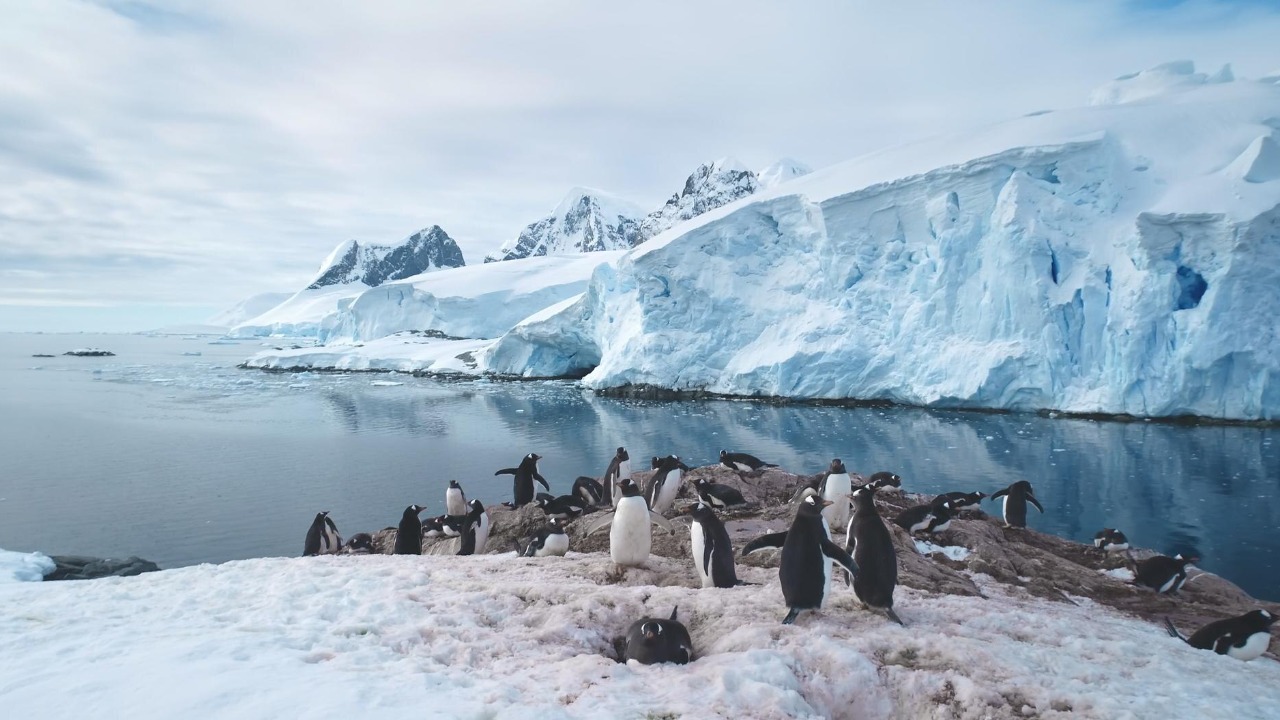
Antarctica is the coldest place on Earth, with temperatures dropping below -89°C. Yet, life persists here too. From microscopic organisms to larger animals such as penguins and seals, the icy continent hosts a surprising array of life forms. These organisms have adapted to the cold by evolving antifreeze proteins to survive the freezing temperatures.
Antarctic krill, a small crustacean, forms the basis of the food chain, supporting a range of marine animals. Despite its inhospitable climate, Antarctica’s ecosystem is a delicate balance of interdependent species.
Deep Sea Hydrothermal Vents: Home to Peculiar Creatures
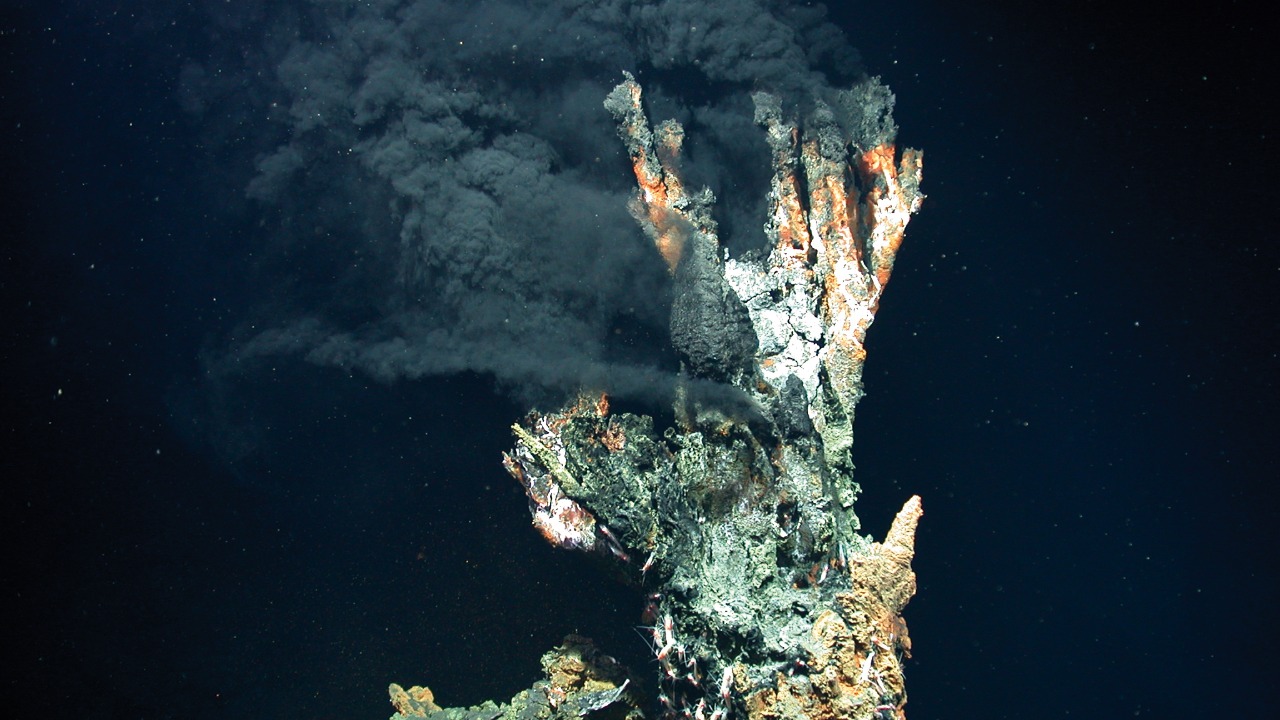
Deep under the ocean surface, hydrothermal vents spew out hot, mineral-rich water creating an environment devoid of sunlight but teeming with life. Here, unique creatures such as tube worms, yeti crabs, and various species of molluscs and shrimp, thrive. These organisms utilize chemical reactions from the vent emissions, a process known as chemosynthesis, for their energy needs.
These deep-sea ecosystems offer insights into the range of life’s adaptability and resilience, and the possibility of life in similar conditions on other planets.
Salt Flats of Atacama Desert: Where Life Defies the Odds
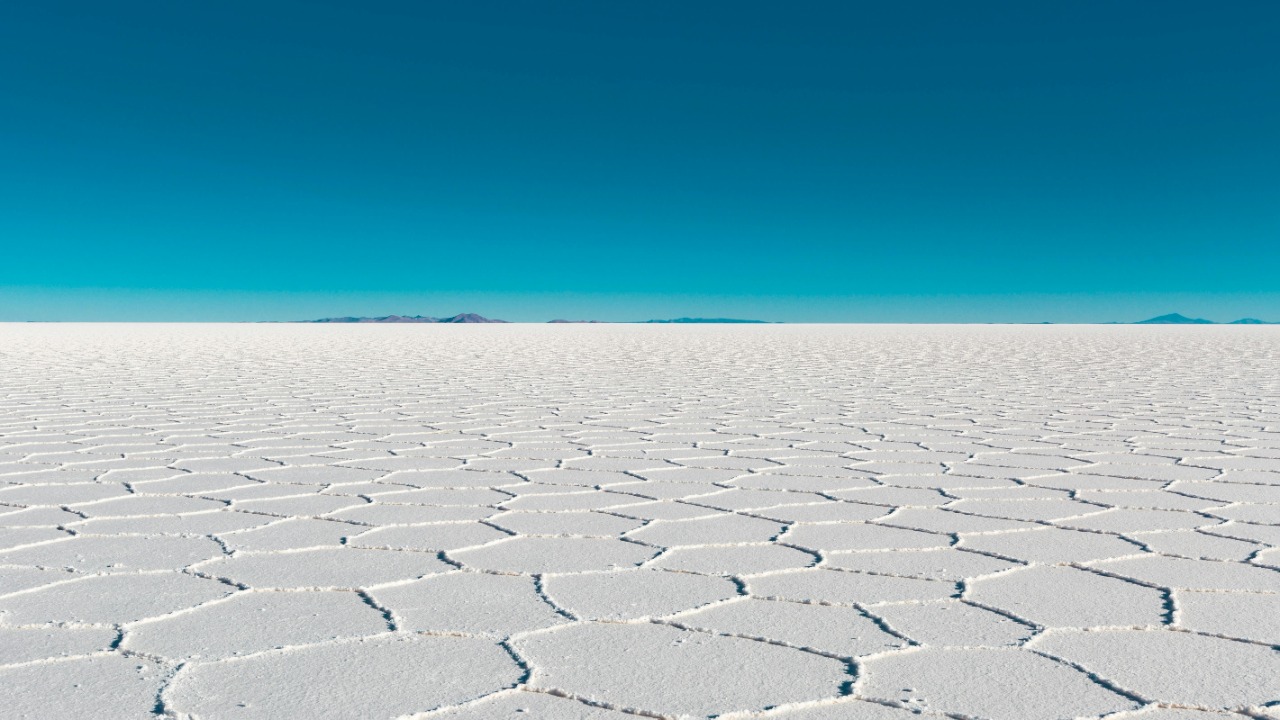
The Atacama Desert is one of the driest places on Earth, with parts of it receiving less than a millimeter of rain per year. However, in this parched landscape, microorganisms known as halophiles thrive. These salt-loving organisms have adapted to survive in high salt concentrations, where most life would dehydrate and die.
These halophiles are not only surviving but thriving in the desert’s salt flats, offering a glimpse of life’s astonishing adaptability.
High Above: Microorganisms in the Earth’s Stratosphere

Life is not just confined to the Earth’s surface. In the stratosphere, the second major layer of Earth’s atmosphere, microorganisms have been found surviving at altitudes of up to 41 kilometers. These tiny life forms endure conditions of low pressure, extreme temperatures, and high radiation levels.
Understanding these extremophiles’ survival mechanisms could have implications for our search for life beyond Earth.
The Mysteries of Chernobyl: Nature’s Comeback in the Radioactive City

Chernobyl, the site of one of the world’s worst nuclear disasters, is now a surprising hub of wildlife activity. Wolves, bears, and a variety of bird species have been spotted in the exclusion zone around the former nuclear power plant.
Though radiation levels remain high, these creatures seem to have adapted to the conditions, suggesting that nature can rebound even from the most catastrophic of human-made disasters.
The Pitch Lake of Trinidad: Life in Asphalt
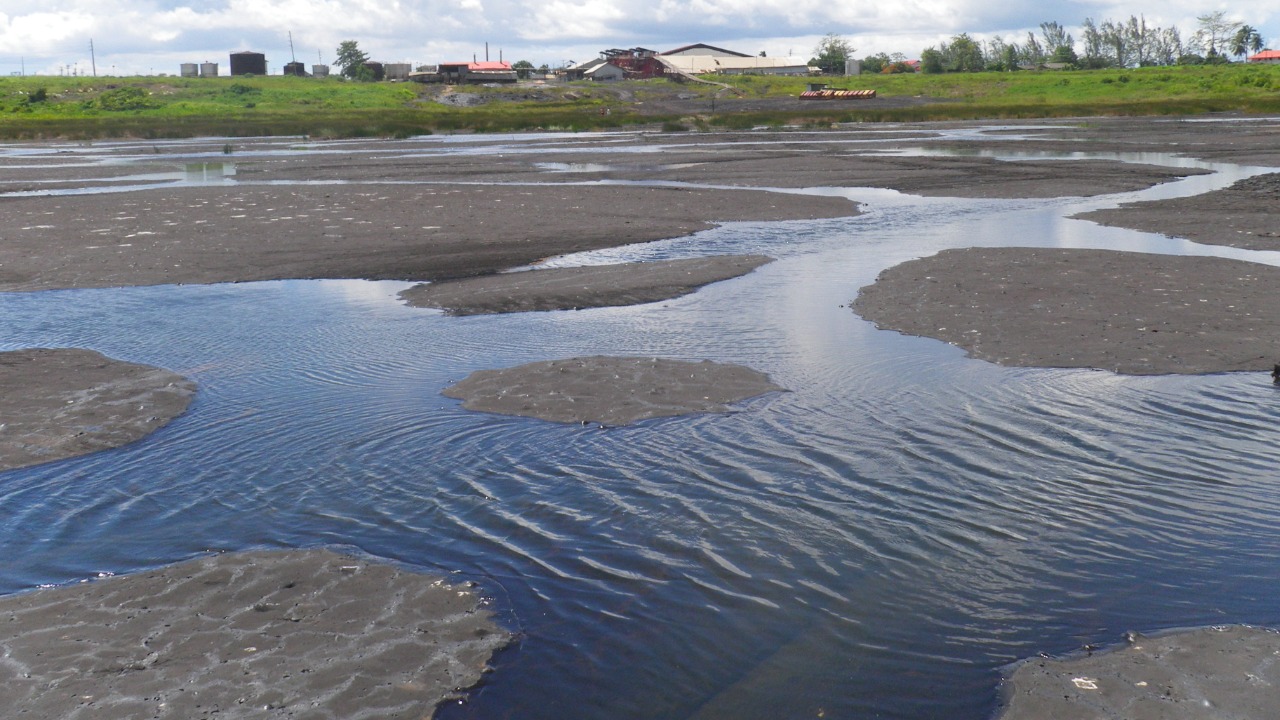
Located in Trinidad and Tobago, the Pitch Lake is the largest natural deposit of asphalt in the world. Despite the toxicity of the asphalt, life persists here. Microorganisms have been found living in the water within the asphalt, surviving in an environment that was previously thought to be inhospitable to life.
The ability of these microorganisms to survive in such extreme conditions could provide insights into the potential for life on other planets with similar environments.
Acidic Mine Drainage Systems: An Unexpected Biodiversity
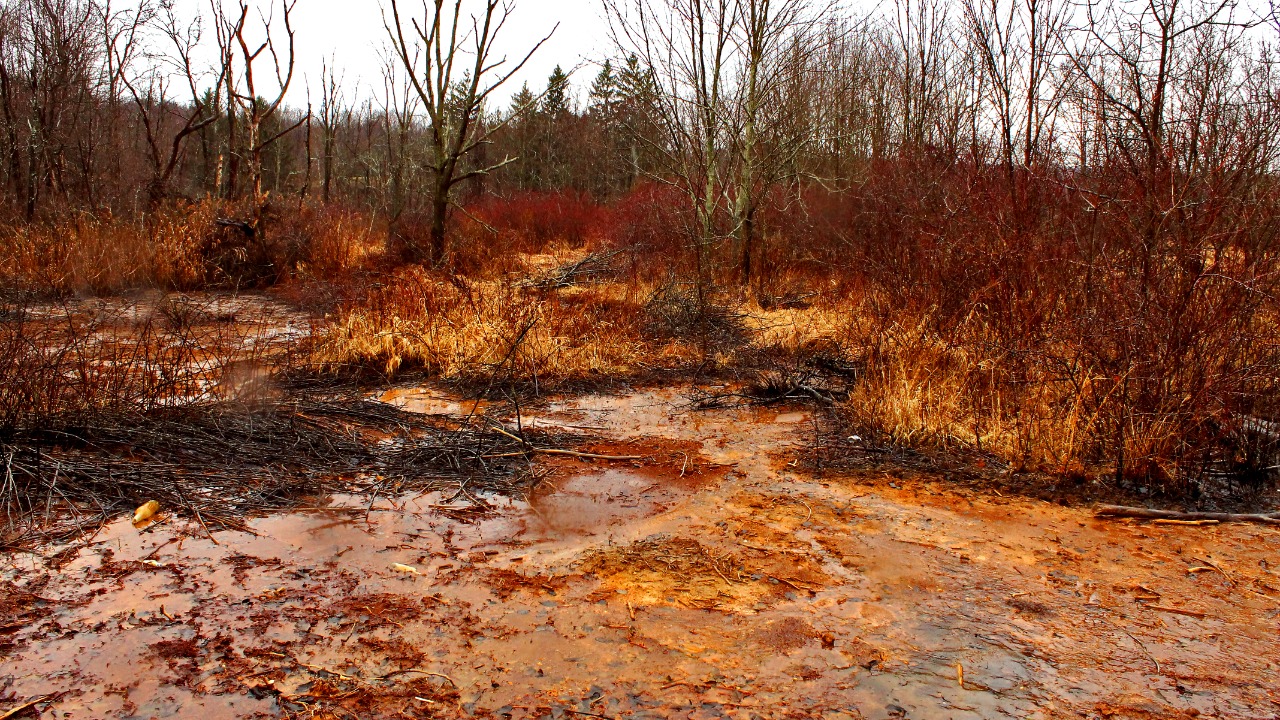
Acid mine drainage, a result of mining activities, creates extremely acidic environments. Yet, certain microorganisms have found a way to survive and even thrive in these harsh conditions. These acidophiles can withstand pH levels as low as 0, a level that would be lethal to most life forms.
Their existence illustrates the remarkable resilience of life in the most unexpected places.
The Great Salt Lake: High Salinity, High Life
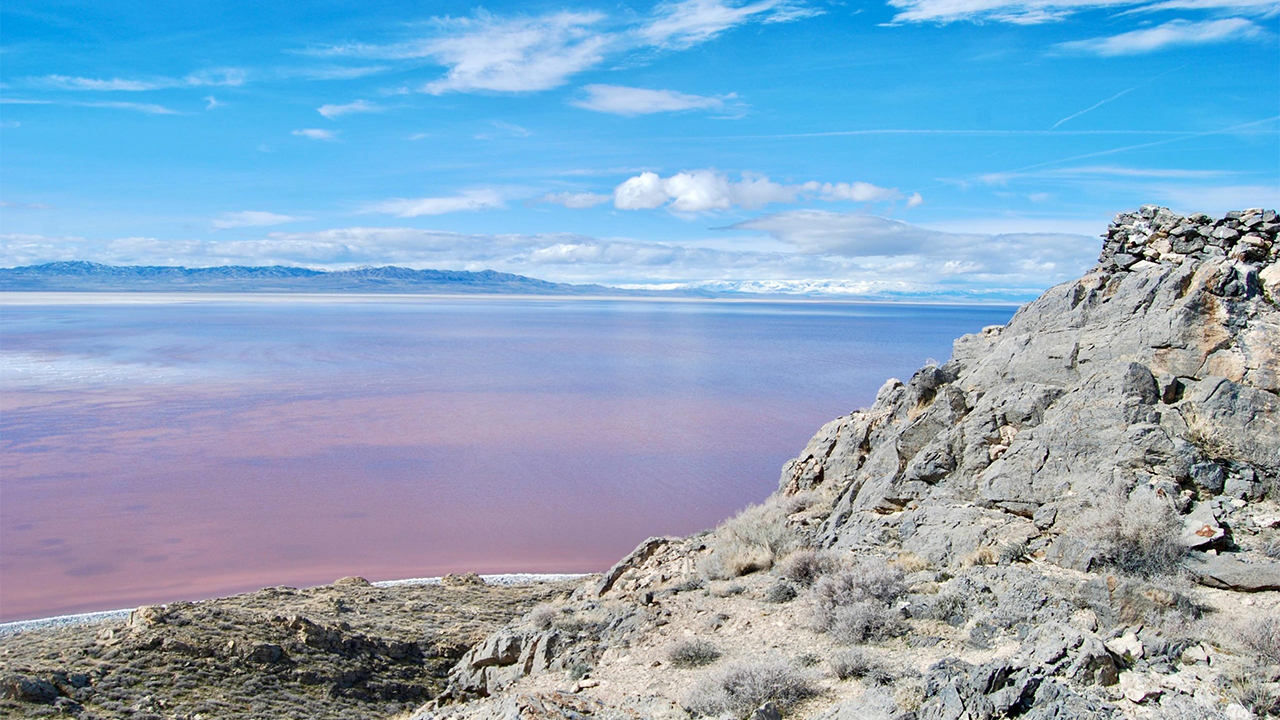
The Great Salt Lake in Utah, USA, is one of the saltiest bodies of water on Earth. Despite its high salinity, the lake is a flourishing ecosystem that supports a wide variety of life, from brine shrimp to numerous species of algae and birds.
These organisms have adapted to the lake’s high salt content, demonstrating life’s incredible ability to survive and thrive in even the most extreme environments.